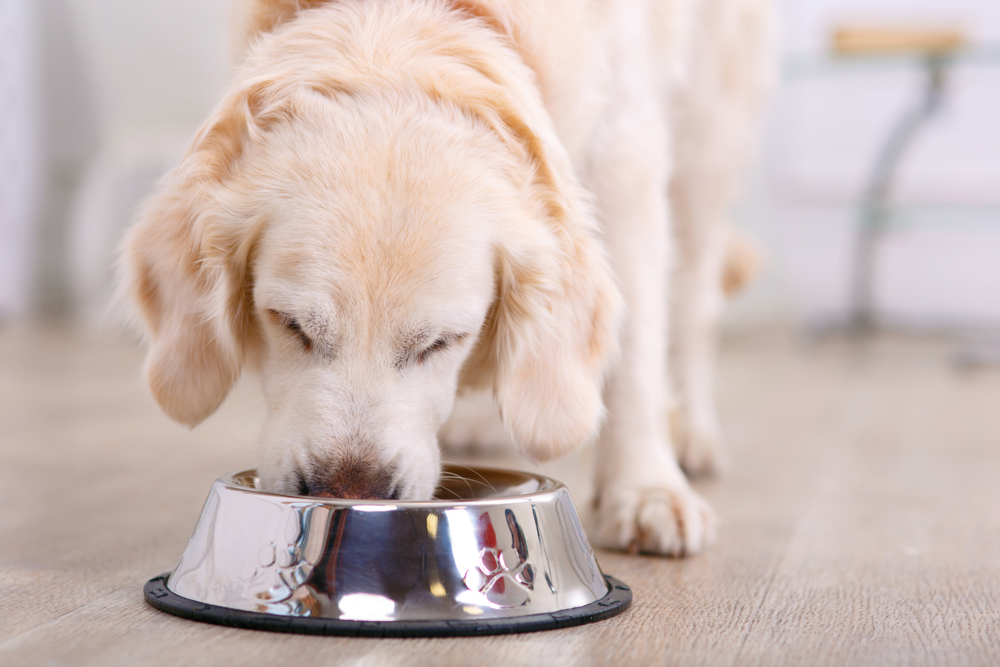
Working and sporting dogs benefit from higher proportions of fat in their diet. Why? Because a dog’s metabolism relies primarily on fat for energy during rest and light-to-moderate-intensity exercise.
Ingesting higher levels of fat in the diet actually “primes” or “metabolically conditions” an active dog’s metabolism, even when not active or exercising. So while a greater proportion of fat in the diet helps to deliver more calories to an exercising dog, another important benefit is that it helps to optimise a dog’s metabolism.
Maximum efficiency comes from a diet containing highly digestible fat. A diet that skimps on fat will contribute to a reduction in endurance and overall fitness. Fat is more energy dense compared to carbohydrates and protein, and when the dietary fat concentration is increased in a food, the food’s energy density gets a boost. An energy-dense food is important when more calories are needed, thus less food needs to be eaten to provide the greater energy required to maintain a stable body weight and an active lifestyle.
A visible effect in dogs that receive a diet lacking adequate fat is a dull, scruffy coat and flaky skin. Fat contains the omega-6 fatty acid, linoleic acid, which is important in the fat portion of skin cells, called epidermal cells. A proper balance of linoleic acid in skin cell membranes helps maintain the epidermal water barrier, which promotes healthy skin and coat.
Fat has many other benefits as well
Fat also slows down the rate of stomach emptying, giving dogs a feeling of fullness after meals. Fat is important for the absorption and digestion of fat-soluble vitamins – A, D, E and K – that depend on dietary fat and normal fat absorption for their uptake and utilisation in the body. Fatty acids help regulate the inflammation process via a proper immune response.
Fat deposits under the skin, around the vital organs and in membranes surrounding the intestines, provide energy when needed and storage when there is a surplus. Fat under the skin provides insulation from temperature extremes and fat surrounding organs cushions and protects from physical shock. Lastly, fat is highly palatable and contributes to the texture of dog food.
Active dogs need fat to fuel their muscles and make the energy they require for movement. Dogs fed a high-fat food have more capacity to burn fatty acids and a greater capacity to perform at a high level.
Factoid
Did you know, unlike humans, your dog’s main energy source comes from fat, not carbohydrates, during rest and most types of exercise?
Fat metabolism is the optimal energy-generating process for exercising dogs. The body is in a more optimal state of fat burning when fed 18 to 24 hours before exercise compared to only four to six hours before exercise. This is why dogs should be fed a full meal a minimum of 10 to 12 hours before exercise and up to 20 to 24 hours.
